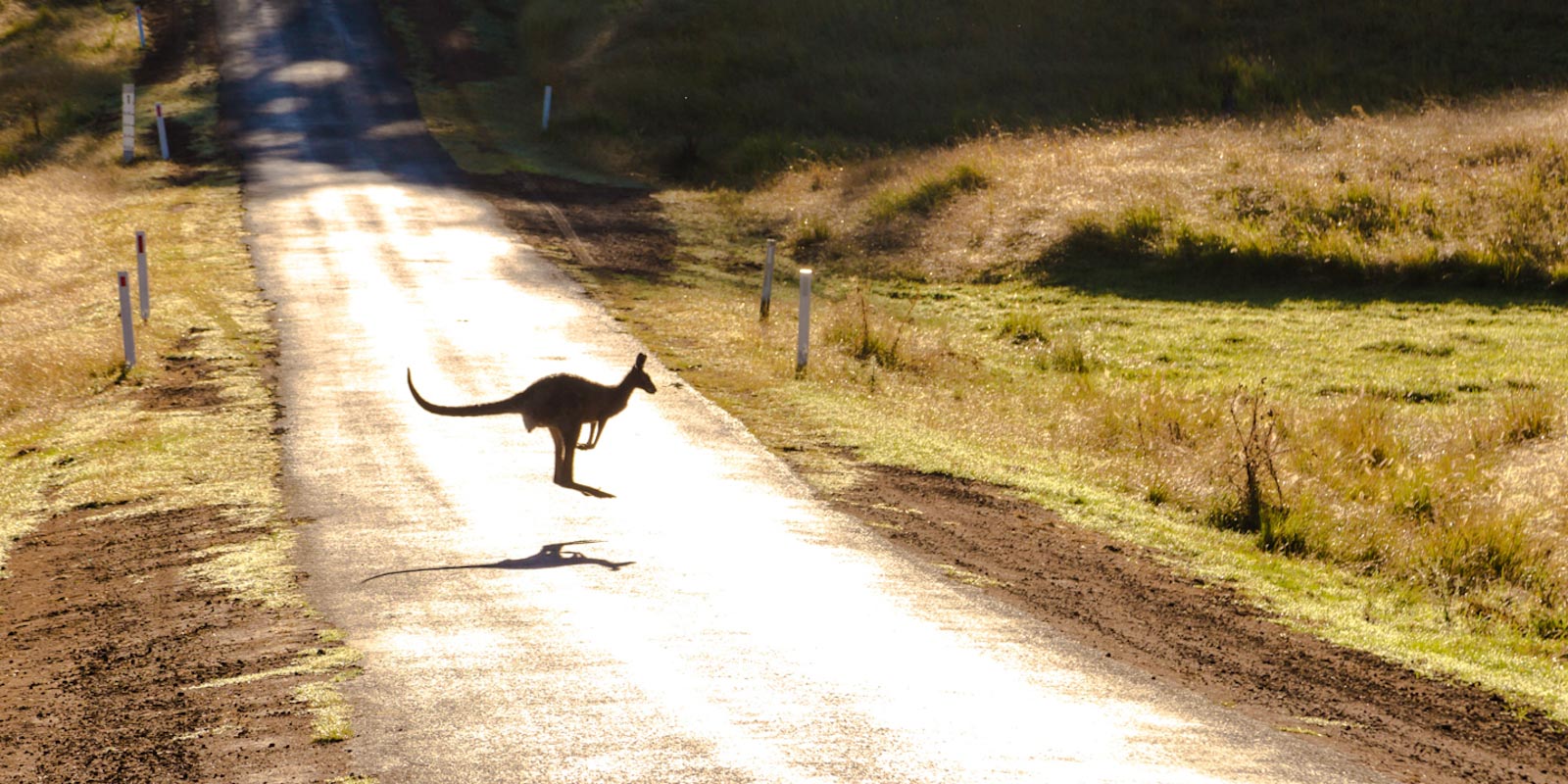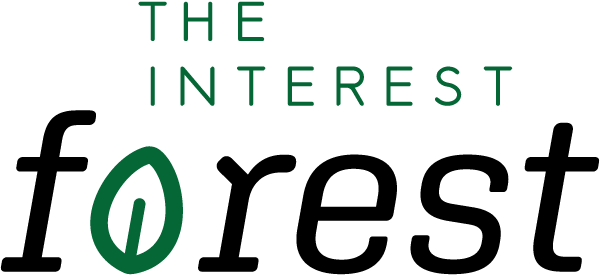
Native Australian animals are unique and internationally adored. People travel from around the world to cuddle koalas and feed kangaroos. But for children in Australia, native wildlife is part of their identity.
Early childhood education can promote an appreciation for animals as part of nature play and environmental awareness. Children living in cities may have limited experience with wildlife and educators can respond to this. Children living in regional areas may be surrounded by native animals which can feature prominently in their childcare programs.
Extend the learning to include Aboriginal and Torres Strait Islander peoples, who are interconnected with animals, plants and Country.
Types of Australian animals
Children may recognise these native animals:
Bandicoots, bilbies, cassowaries, cockatoos, dingoes, echidnas, emus, goannas, kangaroos, koalas, kookaburras, numbats, platypuses, possums, potoroos, quolls, quokkas, sugar gliders, tawny frogmouths, wallabies.
EYLF Learning Outcomes
When children learn about native Australian animals they develop knowledgeable and confident self identities (1.3). They learn to be socially responsible and show respect for the environment (2.4).
Learning experiences
Explore the Atlas of Living Australia
The Atlas of Living Australia allows citizens, including children, to explore complex biodiversity data. The most exciting feature of this online tool is entering your address and discovering the animals in your local area.
Children can also use technology to contribute to the atlas. Record your own observations of flora, fauna and fungi.
Identify native Australian animals
Use picture books, flashcards, or posters featuring native Australian animals. Encourage children to identify and name the animals, discussing their unique features and habitats.
- Can children guess why animals have particular features?
- What are long kangaroo tails good for?
- What is the difference between the features of dingoes and domestic dogs? Examine their pictures to find out.
Discover native fauna you may not have heard of before with these images published by The Australian Museum. What do emperor gum moths and stalk-eyed signal flies look like?
Awaken the senses
Create sensory bins with materials representing different Australian habitats:
- Rainforests
- The Australian bush
- Underwater worlds, including coral reefs
- Deserts
- Grasslands
- Wetlands
- The Snowy Mountains
Research and explore the animals that live there.
Care for sick and injured wildlife
Children can learn what to do if they come across sick or injured wildlife. Read a guide by the NSW Government, which outlines:
- safety precautions
- who to call
- and what to do while you're waiting for help.
Children can role play scenarios (a stuffed kangaroo would be perfect here!) and practice the steps in the guide.
Learn about totems
Rona Glynn-McDonald outlines the connection between First Nations people and animals, including the significance of totems:
“In First Nations kinship systems, individual people can be linked to specific animals through their totems. Each person has a totem. Totems can be animals, but can also be lands, waters, or geographic features… First Nations people who have an animal totem have a responsibility to look after that animal.”
Early childhood educators can use the concept of totems as a starting point for teaching wildlife conservation. Initiate a discussion, allowing children to share their own ideas. Let the children lead the conversation and take it in new directions.
- Why are native animals important to us?
- Why are people responsible for caring for animals? How can we do this?
- Which things can be harmful to animals?
- Which Australian animal do you feel most connected to?
Events
- Australian Wildlife Week is the first week of October
- 11th May is Hairy Nosed Wombat Day in Australia
Resources
Picture books
- Animals All Around Us by Melanie Hava
- Diary of a Wombat by Jackie French and Bruce Whatley
- Josephine Wants To Dance by Jackie French and Bruce Whatley
- Wombat Stew by Marcia Vaughan and Pamela Lofts
- Possum Magic by Mem Fox
Websites
Curious Kids: Why do so many dangerous animals live in Australia?
